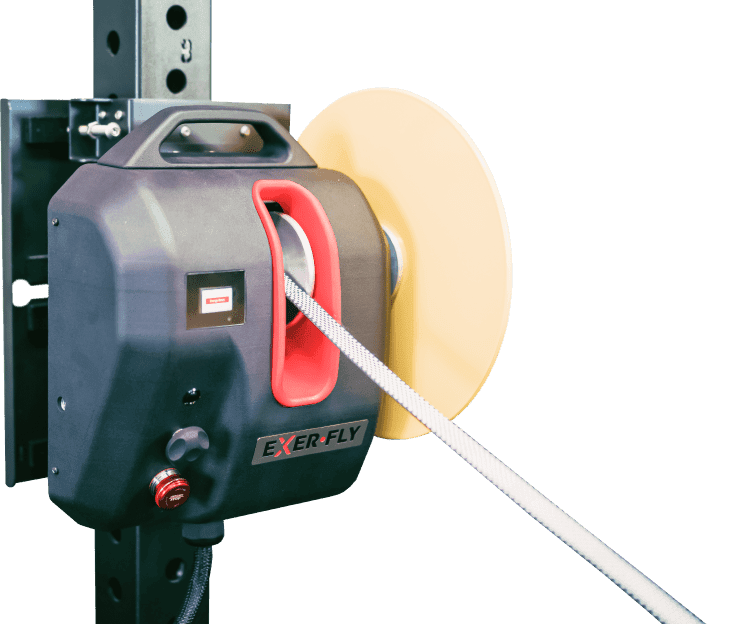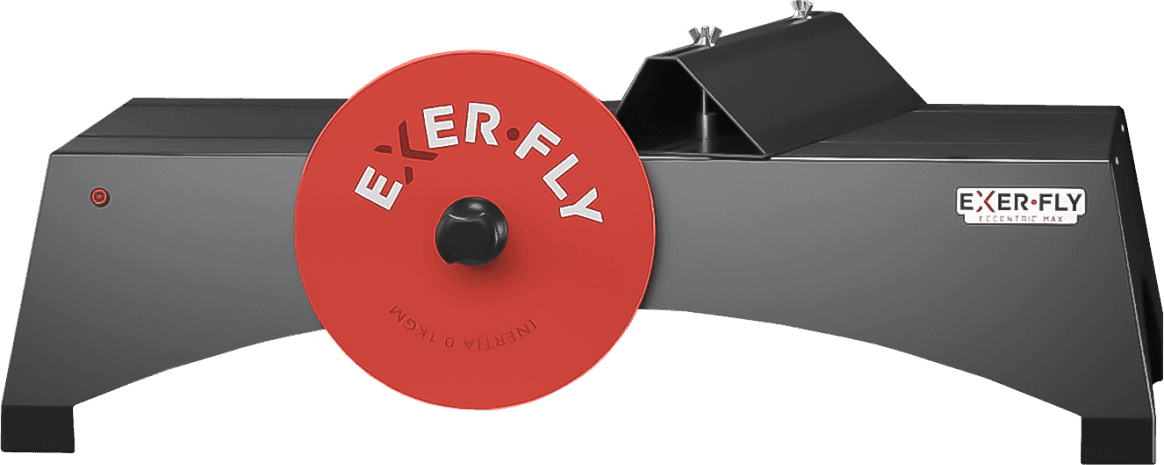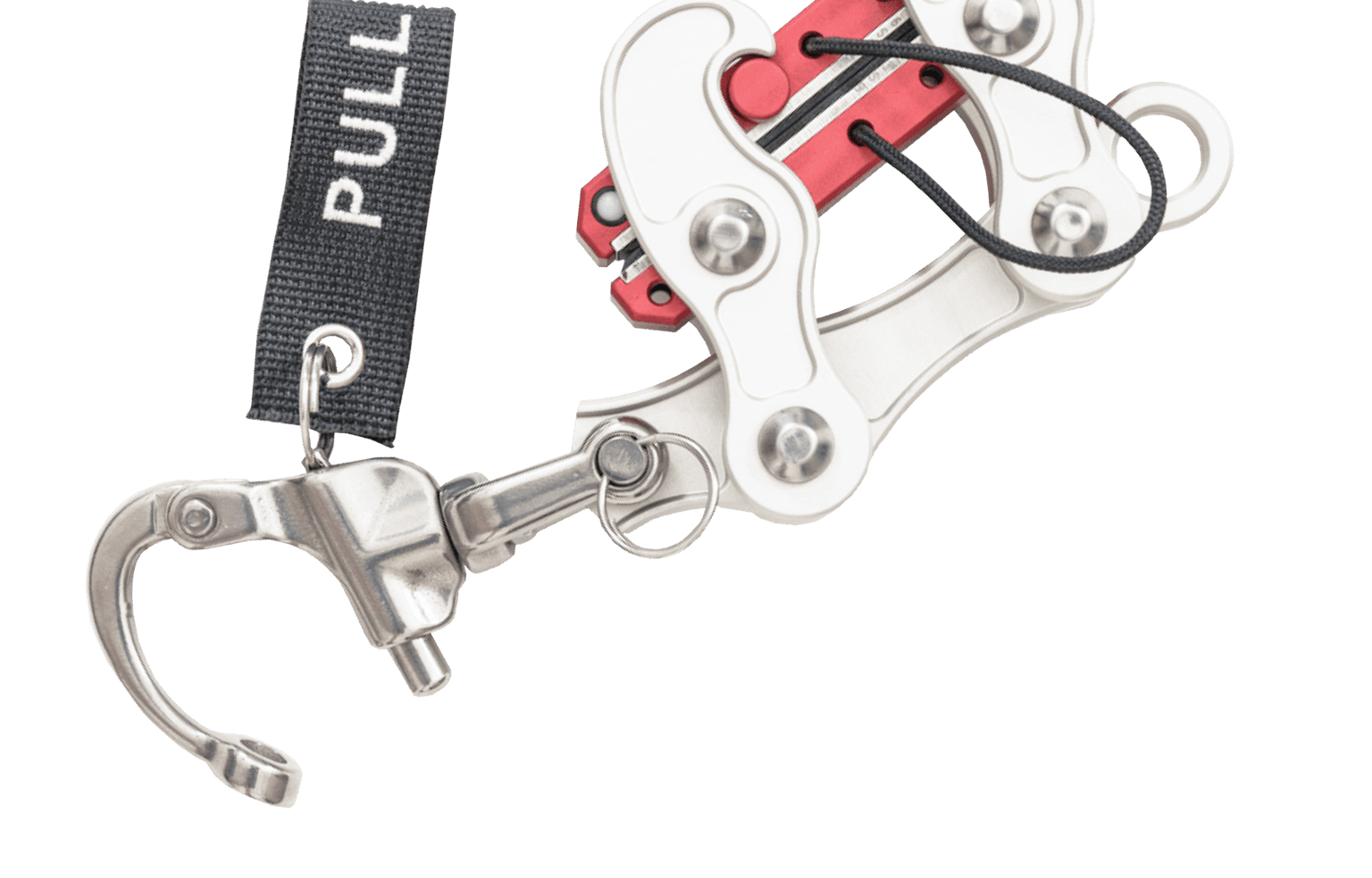
Implications of Flywheel Resistance Training on Running Performance
Benefits of Strength and Power Development for Endurance Runners
Strength and power development are important characteristics of athletic performance in many sports. Researchers have highlighted the benefits of strength training for middle to long-distance endurance runners to improve their endurance performance (Berryman et.al. 2017). These strength adaptations can assist athletes in maintaining proper form, reduce the risk of injury, and provide aerobic endurance benefits resulting in improved running economy (Denadai et.al. 2017).
Importance of Strength Training for Endurance Athletes
Strength training should be a valuable component of any endurance athlete's training regimen, stronger muscles can produce more force with each stride, allowing athletes to generate greater propulsion and forward momentum with less effort. They can cover the same distance with fewer steps and reduce energy expenditure per stride. Plus, improvements to the stiffness and elasticity of tendons and other connective tissues will aid in storing and releasing energy during each stride. This elastic energy return can decrease the metabolic cost of running by assisting with propulsion and reducing the need to use brute force and muscle your way through the run or event.
Stretch-Shortening Cycle (SSC) and Its Role in Running Performance
This biomechanical phenomenon by which muscles and tendons store and release elastic energy is known as the stretch-shortening cycle (SSC). It involves a rapid eccentric phase followed by the amortization phase and then immediately by the concentric phase. Developing and utilizing these elastic properties of muscle-tendon units to enhance movement efficiency and power output can improve performances. As a result, SSC is crucial for activities that require explosive movements, such as jumping, sprinting, and running. Traditional resistance training (TRT) exercises that mimic these movements, such as plyometric drills (e.g., depth jumps, box jumps), Olympic weightlifting (e.g., clean and jerk, snatch), and sport-specific dynamic movements enhance the athlete's neuromuscular abilities and motor control.
Flywheel Resistance Training (FRT) vs. Traditional Resistance Training (TRT)
Flywheel resistance training (FRT) uses rotational inertia to provide resistance throughout the range of motion, in every repetition within a set, and without an opportunity to rest until the set's completion. Compared to TRT exercises such as a barbell squat, where within the exercise movement there are opportunities to relax at the top or after completion of a repetition, the flywheel squat has no moment of rest as soon as the concentric phase is completed you are dragged immediately into the eccentric portion. This fast coupling of eccentric-concentric contractions is beneficial for the storage and utilization of elastic energy and developing the physiological structures/tissues that are important in this process.
Eccentric Contractions and Overload Potential in Flywheel Training
Researchers have confirmed that eccentric contractions can produce greater force and power outputs than concentric contraction thus providing a potentially greater overload than gravity-dependent exercises and drills (Martinez-Hernandez, 2023). FRT also offers the endurance athlete a low-impact training alternative that can help reduce stress on joints while providing an effective workout. Finally, the ebb and flow of the flywheel through concentric and eccentric muscle contractions are compatible with the mechanical and neurophysiological mechanisms that occur during the SSC.
Flywheel Training's Metabolic Effects and Impact on Running Economy
Along with the strength benefits outlined above, other advantages of FRT are the potential metabolic effects and improvements to an athlete's running economy (RE). The dynamic nature of FRT exercises, along with the constant tension provided by the flywheel, can increase energy expenditure, leading to greater calorie burning during and after the workout. Increased oxygen consumption is indicative of a body's heightened metabolic rate, which will continue to burn at a higher rate even after the workout is completed. RE refers to the energy cost of maintaining a certain running speed, typically measured as oxygen consumption (VO2) or energy expenditure per unit distance. The more economical the runner the less oxygen and nutrients required to maintain a given pace, thus allowing them to maintain faster speeds, leading to better performances in races and training sessions.
Incorporating Flywheel Training into Performance Programs
Incorporating flywheel training into an all-encompassing performance program can help support an athlete's metabolic health, strength development, and neuromuscular control. Furthermore, FRT may allow athletes to perform closer to the specificities of their sport than more traditional resistance training exercises and movements (Gonzalo-Skok et.al. 2017). Finally, FRT for endurance athletes can enhance their power, biomechanical efficiency, and injury resilience, ultimately improving performance.
References
- Berryman, N., Mujika, I., Arvisais, D., Roubeix, M., Binet, C. and Bosquet, L. (2017) Strength Training for Middle- and Long-Distance Performance: A Meta-Analysis. International Journal of Sports Physiology and Performance. 13 (1): 57-64.
- Denadai, B.S., de Aguiar, R.A., de Lima, L.C.R., Greco, C.C. and Caputo, F. (2017) Explosive Training and Heavy Weight Training are Effective for Improving Running Economy in Endurance Athletes: A Systematic Review and Meta-Analysis. Sports Medicine. 47 (3): 545-554.
- Martinez-Hernandez, D. (2023) Flywheel Eccentric Training: How to Effectively Generate Eccentric Overload. Strength & Conditioning Journal. 1-17.
- Gonzalo-Skok O, Tous-Fajardo J, Valero-Campo C, Berzosa C, Bataller AV, Arjol-Serrano JL, Moras G, Mendez-Villanueva A. (2017) Eccentric-overload training in team-sport functional performance: constant bilateral vertical versus variable unilateral multidirectional movements. International Journal Sports Physio. Perform. 12(7): 951-958.






